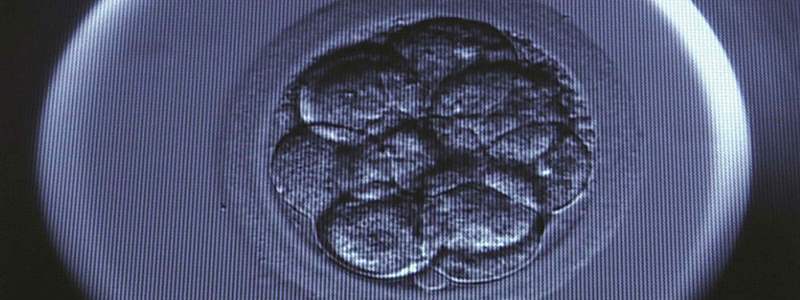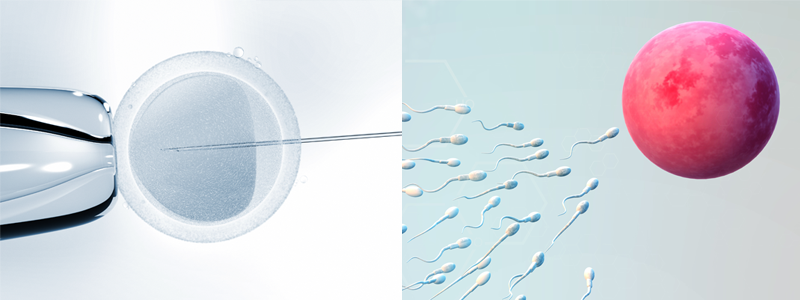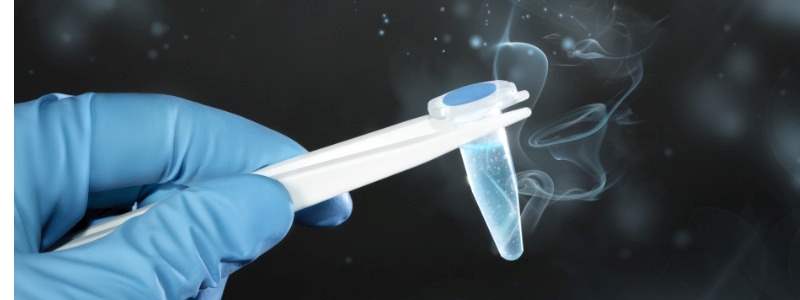Researchers in Australia have come up with a new way of examining embryos in IVF. Using lasers they have been able to examine the ways that cells differentiate in the growing embryo. They have found that cell differentiation could be based on the movement of different cells around the embryo.
What is PGD?
In IVF, the eggs are collected from a woman’s ovaries and fertilised with sperm to make embryos. These are then implanted back into the woman. For most women, IVF is performed without checking the embryos for genetic disease first. Sometimes however, if a woman and/or her partner carry a genetic disease or have a reason to screen the embryos for genetic disease, they can have one cell of the embryo removed and screened for particular genetic diseases. This gives a strong indication as to whether the particular embryo in question also carries the genetic disease.
How does the new imaging method improve PGD?
One downside of PGD is that removing a cell can destabilise the embryo and make it less likely to implant successfully. If the new imaging technique is further developed, it may be possible to use it to determine whether an embryo is developing ‘normally’, without having to remove a cell to look at the DNA.
Are there any other ways that this research could help IVF patients?
Being able to look at embryos in detail without having to remove cells may be useful for lots of patients, even those who don’t need PGD, if it helps them to recognise which of their embryos are the healthiest.
Will this be available any time soon?
This research is only a provisional study and was performed on mouse embryos. The technology will have to be rigorously tested on human embryos before it is certain that the laser imaging can accurately look at embryos, and then it will take many more years before the science develops to the point where these lasers can be used for diagnosis of embryos. It is important to remember that this is only a single study and it remains to be seen whether the method will be successful. However, it is promising that new techniques in examining embryos are being advanced.






